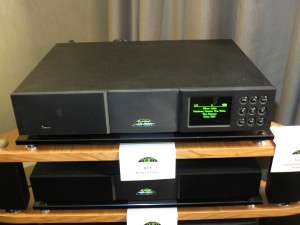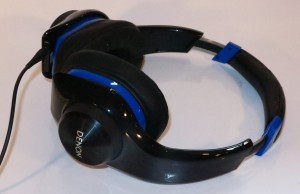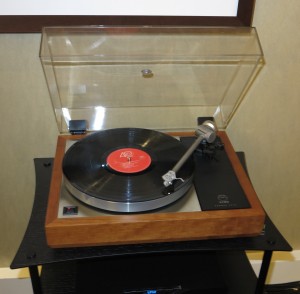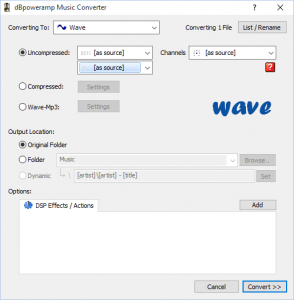Audio and AV articles that may be of interest

The Naim NDX and NDS network media players are an example of what high-end network-based audio is about
I have purchased tickets to the Australian Audio and AV Show 2016 that will be held at the Intercontinental Melbourne The Rialto hotel and am running this list of articles regarding audio and AV content in the context of the connected lifestyle.
Some of these are about using Windows 10 with its inherent support for the FLAC file; bring legacy audio media like vinyl to today’s technology; or simply to highlight some AV trends. There is also a few relevant buyer’s guides which relate to buying for online or network-based audio or simply buying your next set of headphones for your smartphone or laptop.
Windows 10 and the FLAC file
Those of you who have upgraded your computers to Windows 10 will realise that it can handle the high-quality FLAC audio file format. This covers both playback and ripping audio content from CD to files, although when you rip from CDs the sound will be regular CD quality.
FLAC studio-grade audio files to be supported by Windows 10
You can rip CDs to FLAC using Windows 10’s Media Player
FLAC – now the audio filetype for archival use
Legacy audio formats and today’s needs
This article is about how you can set up your equipment to play vinyl and other older media to your network-enabled multiroom system or for digitally salvaging old recordings with your computer.
Legacy analogue audio to today’s needs–can this be done?
Using audio-editor software to salvage recordings on legacy media
Equipment trends worth highlighting
There are some trends that are affecting the high-end audio and AV market that I will be calling out here.
Network media players that serve as control amplifiers – Some manufacturers are running network media players that can connect to any power amplifier or active speaker and work as a control amplifier in their own right.
Why do I give space to the network-capable CD receiver – An article about the network-capable CD receivers, especially those that are being offered by the respected hi-fi names, and the fact that these are continuing on the idea of the high-quality integrated music system.
Relevant Buyer’s Guides
Buyer’s Guide – Component Network Media Adaptors – How to go about buying devices that can add network or online media playback to your existing audio or AV system
Buying an Internet radio – What to look for when you buy an Internet radio or network-capable sound system.
Buyer’s Guide – Network Attached Storage – How to choose the right network-attached storage for your home network especially if you are “ripping” your CDs to your computer hard disk and wanting them available around the network.
Buyer’s Guide – Headphones and earphones – Understanding the kind of headphones or earphones you can get for your laptop, smartphone or tablet and how to go about purchasing them.
Buyer’s Guide – Giving your portable computer equipment better sound – How to go about using the right speakers, sound modules and similar equipment to enhance the sound that your laptop, tablet, smartphone or other equipment provides.
Should I buy a soundbar rather than a surround-sound system to improve my TV’s sound – Considering a soundbar rather than a fully-fledged surround-sound system as a way to improve your flat-panel TV’s sound
Your DLNA Home Media Network
This series of articles will be important to you whenever you buy that Smart TV or network-capable home audio system because most of these devices offered by most manufacturers provide this kind of functionality.
Getting Started With DLNA Media Sharing – How you can use your computer with media-server software to share your music, photos and video to your DLNA-capable AV equipment. Also have a look at this Assistance Journal about making some travel pictures available to a Smart TV so they are shown to a mother-in-law – this can be done out of the box with Windows XP onwards.
Setting Up PC-Less Network AV – How to go about using a dedicated media-server device like a NAS to share your media without the need to have your computer on and available to your network all the time. This is very important for those of you who have a laptop computer and want to move that computer around the house, pack it away when not needed or take it with you to work or when you travel.
The Three-Box DLNA Network Model – How you can use another device like a smartphone, tablet or computer to have content held on a DLNA server appear on a DLNA media player. This is more of a reality with tablets and smartphones appealing as a control surface for network-based media.
Integrating Classical Music Into Your Digital Music Collection – How to integrate serious classical music in to your digital music collection so you can find and play particular complete multiple-movement works easily. This is important when you buy and rip classical-music CDs that come with two or more multiple-movement works like concerti, quartets or sonatas on them.
Making Cloud-Based File-Share Solutions Work With Your DLNA-capable NAS – How you could use a DLNA-capable NAS to show content held on selected folders in Dropbox or similar services on your DLNA-capable media players. This is important when you, for example, use these services as a media pool for special occasions.
General Articles
Why do I buy and rip CDs for my online music library – An article that allows you to justify your position in buying your music on CD in this day and age of file-based audio, Spotify and “back to vinyl”. This includes “ripping” your CDs to a NAS or your computer’s hard disk for an online music library.



